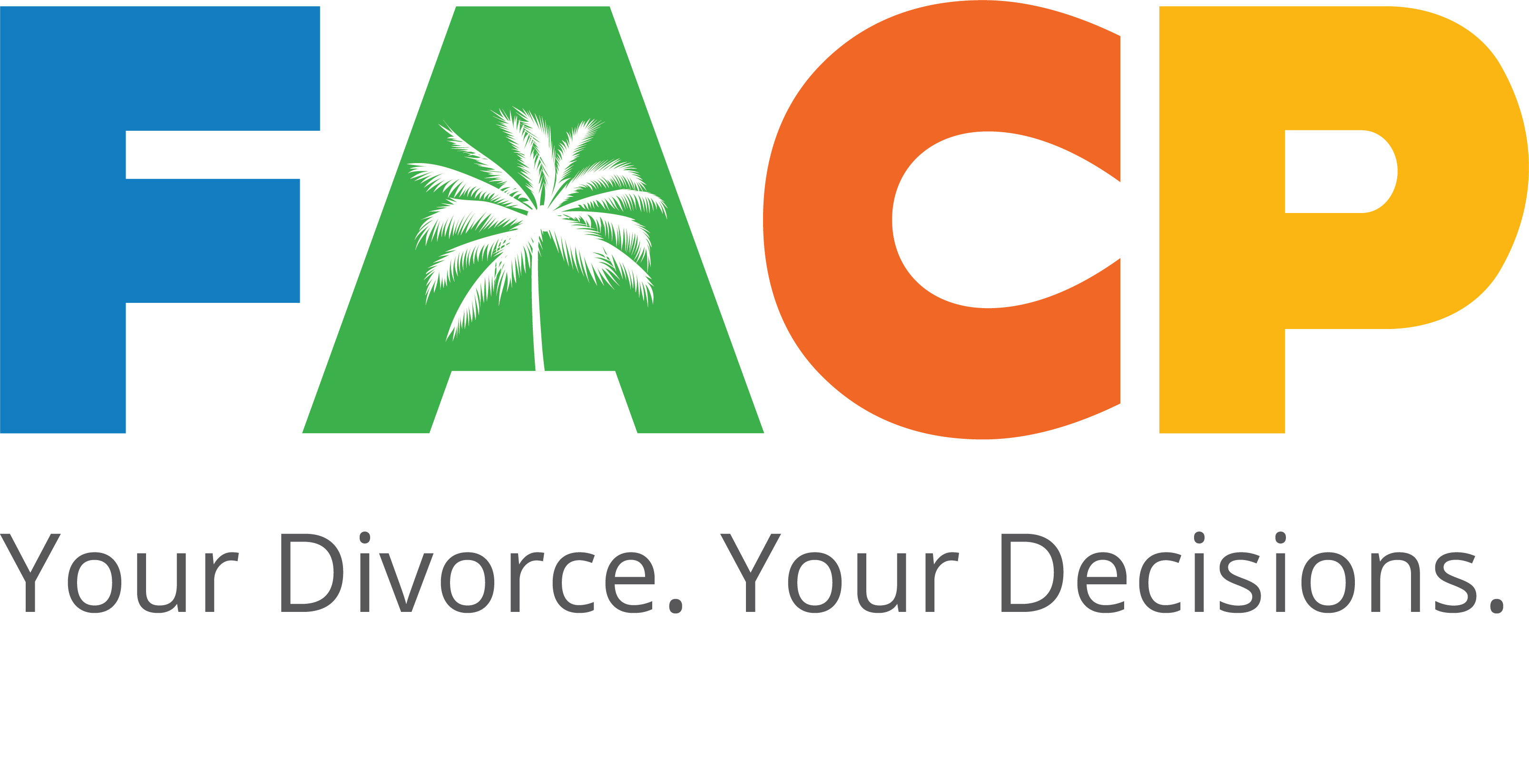As a collaborative divorce attorney, I know a thing or two about conflict. For over 30 years, I’ve been helping couples separate assets and find ways to co-parent their children to ensure everyone’s needs are met. Using creative collaboration, couples can choose to end a marriage without ruining their family. All that is needed is a willingness to think outside the box, to set aside well-worn beliefs and ideas about what happens during a divorce and hope for a better, rather than a bitter, end to the marriage.
These days, you don’t have to be in my business to know conflict is increasing all around us—in our community, our country, and our world. We would all benefit from less conflict and better conflict resolution skills. Each and every one of us can help resolve conflicts constructively. No matter the source of the conflict, creativity and collaboration lead to enduring and peaceful solutions.
That’s why I’m supporting World Creativity and Innovation Week, April 15-21, 2022. World Creativity and Innovation Day, April 21, was founded by Marci Segal in Toronto, Canada on May 25, 2001. It has since been recognized by the United Nations as a Day of Observance and grown into a full week-long celebration every April 15 – 21. The theme this year is collaboration.
The mission of World Creativity and Innovation Week is simple: encourage people to use new ideas and make the world (and your place in it) better through creative thinking. Creativity is a wonderful framework for approaching problems. It involves brainstorming a lot of ideas, holding off judgment, and building off the ideas of others.
This event may sound very grand and far away from our day-to-day reality, but I’m here to tell you that there are ways you can creatively collaborate with others around you to successfully solve hard problems in any area of your life or community. I facilitate such problem solving every day.
Here’s how it looks in my world. Couples, in collaboration with a parenting expert, creatively build options around how to co-parent effectively. This keeps family bonds with children strong even while living in two separate homes. Couples that are able to think creatively can, in collaboration with a financial expert, develop ways to preserve financial assets so that everyone’s financial needs are met. The benefits of collaborative process are that important decisions are made with the help of collaborating experts and kept in the hands of the couple rather than their lawyers. The divorce is a confidential family matter instead of a courtroom drama. Creativity is essential here because the goal is to find solutions unique to this family and to be sure, no two families are alike.
Creative collaboration works to solve all sorts of problems, not just to peacefully end a marriage. From squabbles between siblings to complicated international and governmental conflicts, collaboration and creativity create better solutions. The Basque government in Spain uses inter-institutional collaboration as the foundation for an open government model which includes its citizens’ experience, knowledge and proposals in public sector actions.
Here’s how to use creativity and collaboration to approach conflicts, large and small, in your own life.
First, listen with curiosity. Listening with curiosity means listening without the intent to reply. It means listening for and identifying the emotion behind what is being said. Listening with curiosity is the only way to understand the problem that needs to be addressed. Sometimes someone who is very upset is unsure themselves what exactly the problem is and only by being given the opportunity to explore it out loud can they figure it out. The most appropriate response when listening with curiosity is “Can you tell me more about that?” or “What else can you say about that?” or “It sounds like you feel _.” Listening with curiosity is most important if the person speaking is someone you have known for a long time and you think you know exactly what they mean and/or how they feel.
A few things never to say when listening with curiosity are: “What is wrong with you?” “You need to calm down” and “You should _.”
Once the problem has been thoroughly explored by listening with curiosity, you and your collaborators can begin to brainstorm creative win/win solutions. One way to encourage more ideas is to bring out your inner improv comedian. In improv, no matter what another actor says, the response that keeps the scene going is “yes, and. . .” In solving problems, saying “Yes, and . . .” to a proposed solution will build upon ideas already expressed and lead to more and more ideas. Only once all of the ideas have been explored can a decision be made about which option is the best for everyone.
Now you have some tools to use when you run into a highly emotional conflict with another person. Why not give them a try? If we can use collaboration and creativity in divorce, we can use them to solve disagreements in our relationships, our community, within our government both here and across the world.






